Porsche 934
As the successful time of the 911 Carrera RSR 2.8 and 911 Carrera RSR 3.0 came to an end, Porsche was already preparing a new racing car based on the 911. Following on from the successes achieved with the 917/30 in the Can-Am series, the company wanted to transfer turbocharging to smaller classes as well. With some examples of the 911 Carrera RSR 2.1 Turbo, the company even competed in Le Mans. However, the FIA changed the regulations for Group 4 at short notice and increased the minimum vehicle weight, which significantly worsened the chances for the 911. The commitment was therefore stopped and the knowledge gained up to that point was transferred into the series development of the very first 911 Turbo for the road, internally called 930. Soon, new work began in Weissach on a new Group 4 project, which this time wasn’t based on the old RS but on the new 911 Turbo. The result was the 934, which was used parallel to the 935 for Group 5 and the open racing prototype 936 for Group 6 from 1976. While the latter models were originally intended purely for the works team, the 934 was deliberately intended to be sold to customer teams, as Group 4 cars could be used in the World Sports Car Championship, the European GT Championship and various national championships at the time. The car was sometimes marketed under the model name ‘Turbo RSR’.
In 1976, a small series of 30 cars was produced (some sources speak of 31), followed by another ten cars purely for US teams the following year. Due to regulations, only minor changes to the bodywork were allowed compared to the road car. Riveted plastic widenings, each 50 millimeters wide, were permitted on the fenders, as was the new front lower part with ventilation openings, sitting underneath the bumper now used on the series production 911 with impact zones in black plastic. The outer air inlets flow to the intercoolers, while the inlets next to them cool the front brakes and the central opening flows to the oil cooler. Instead of the trunk, the front hood conceals the fire extinguisher system, oil tank, battery and the racing tank, which has been enlarged to 120 liters and has two refuelling openings protruding through the hood. Replacing the normal glass panels with transparent plastic parts wasn’t permitted, however. For the bodywork, all solid colors of the normal 911 were available. Inside, the 934 is largely empty. A racing bucket seat with six-point seat belt and an aluminium rollcage as well as a dashboard with analogue instruments for speed, rpm, turbocharger pressure, oil temperature, oil pressure and fuel pressure await the driver. Over time, some vehicles have been converted to Group 5 standards and have been given a new rear section with double wings and other components specially developed by Porsche for this purpose. These cars were then called 934/5.
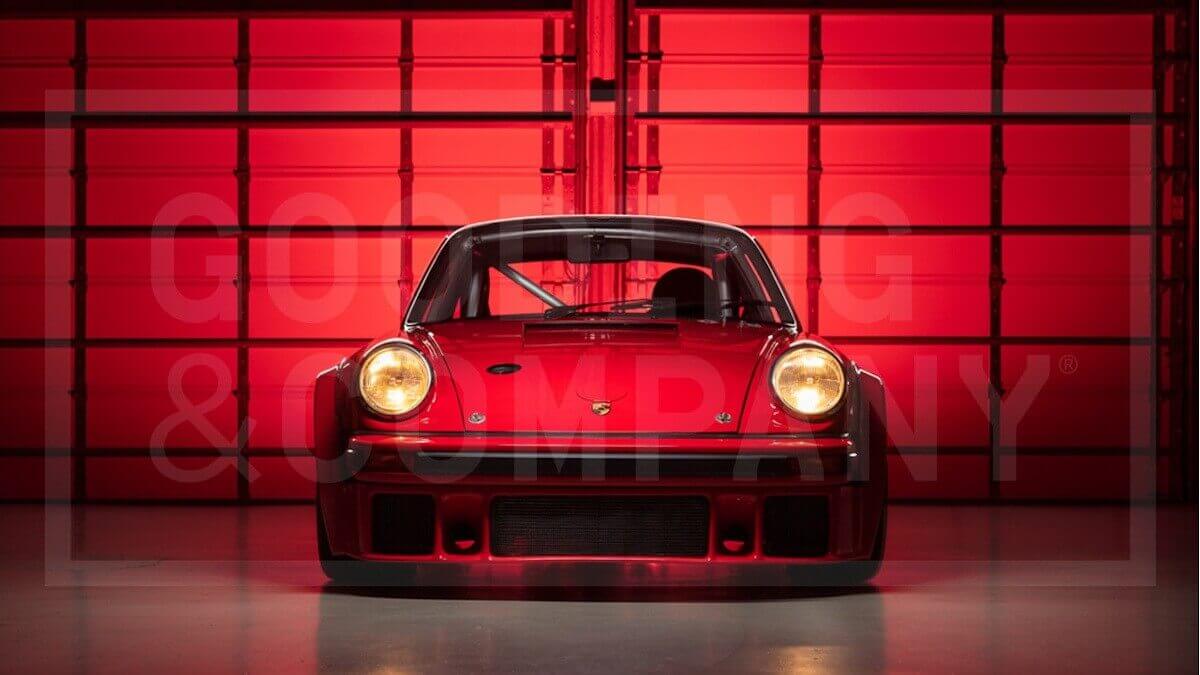



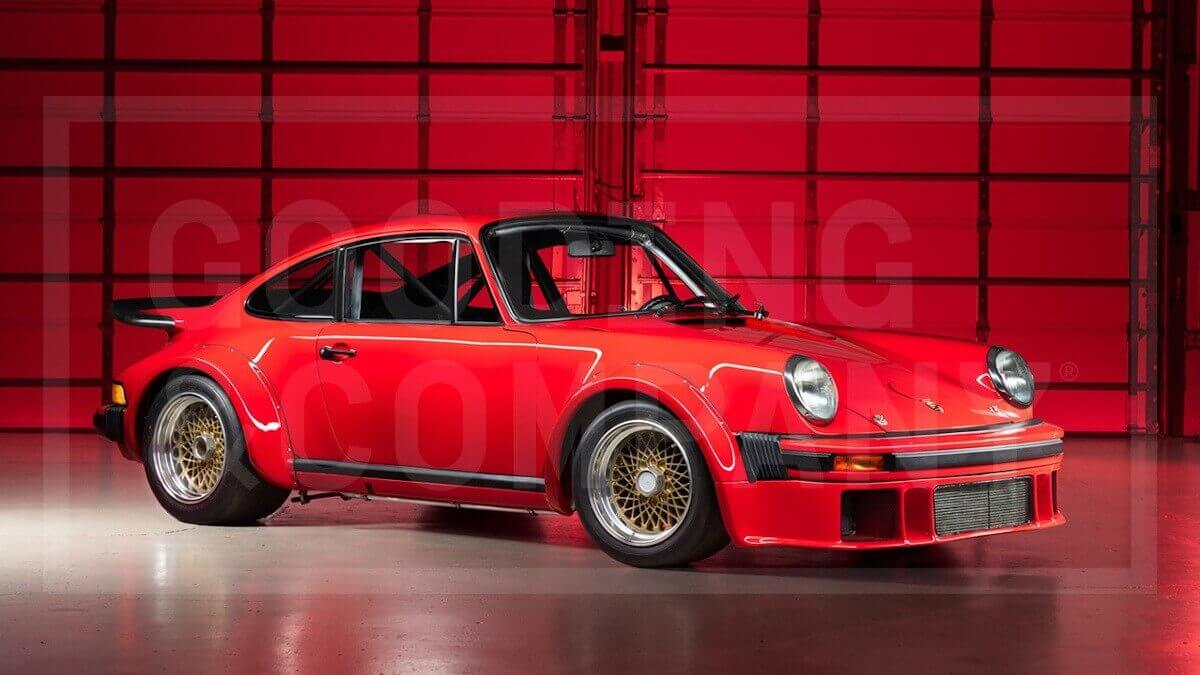



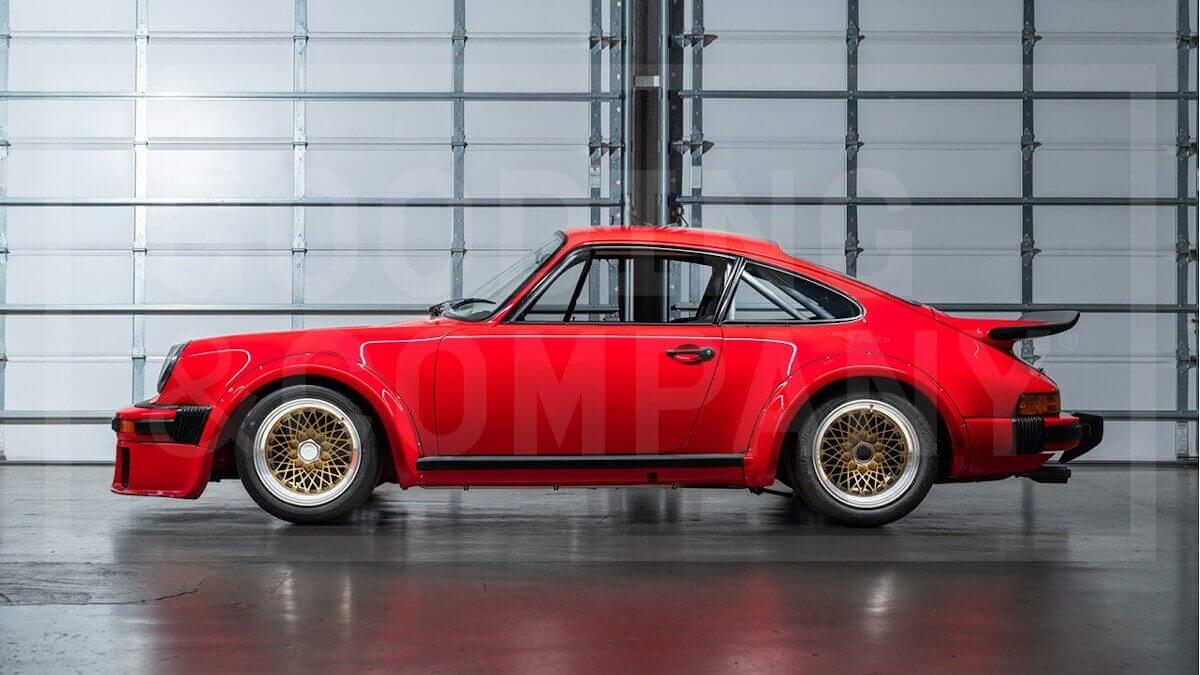



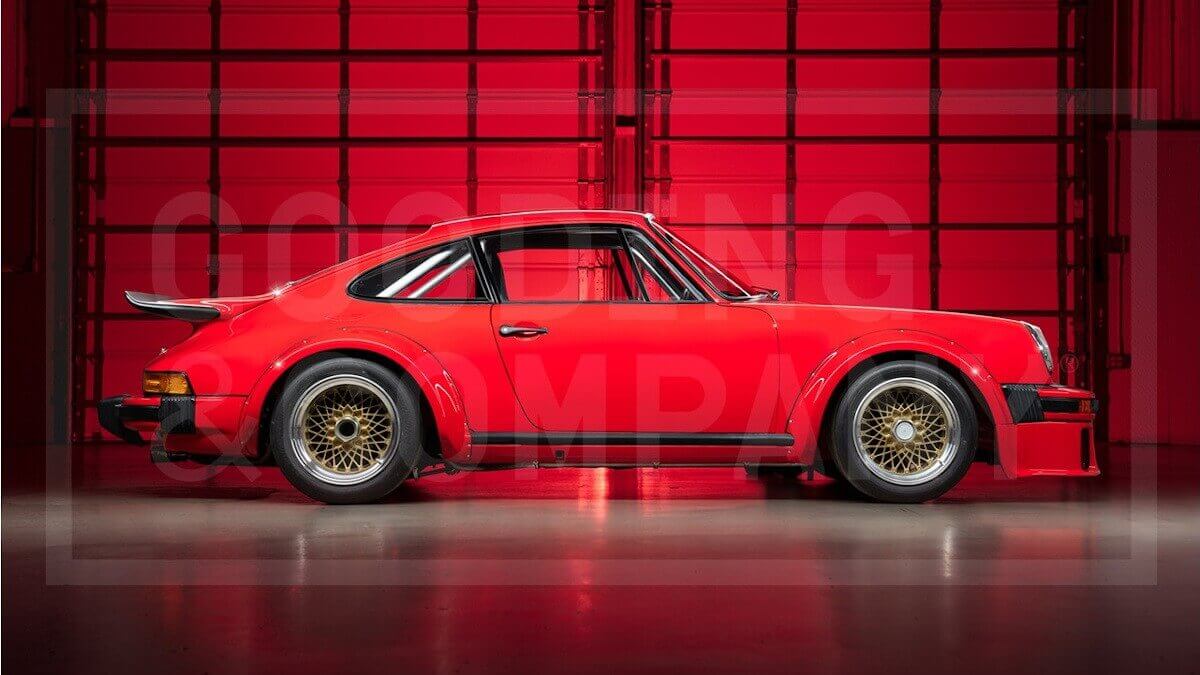



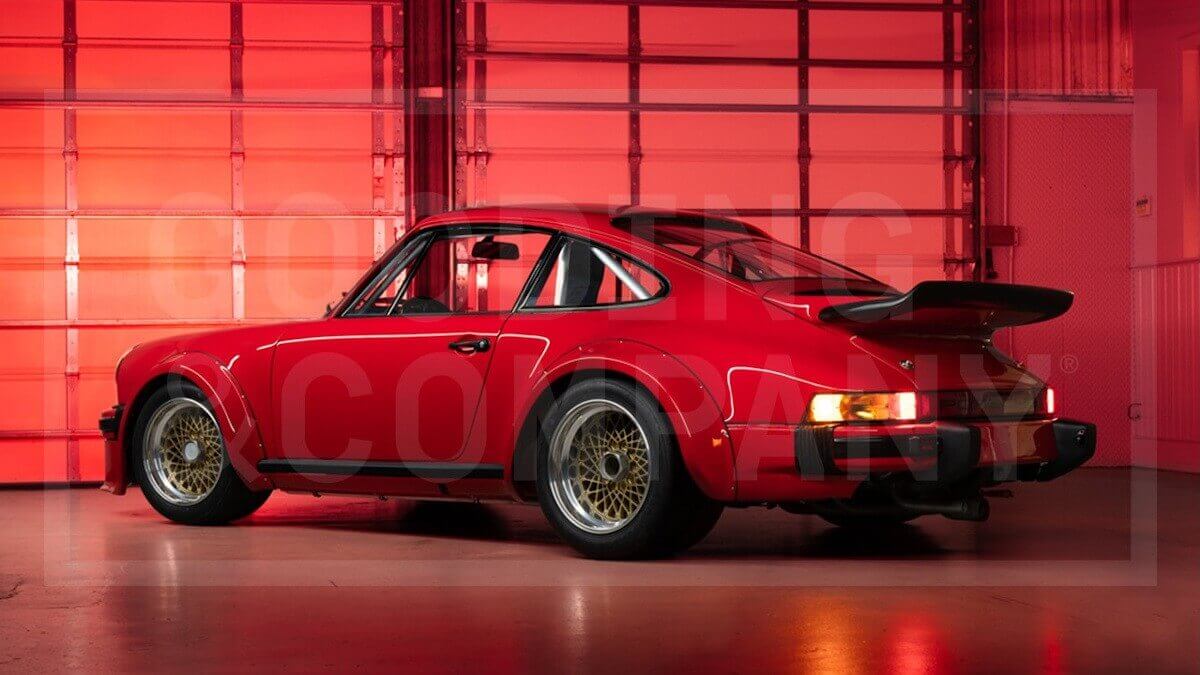



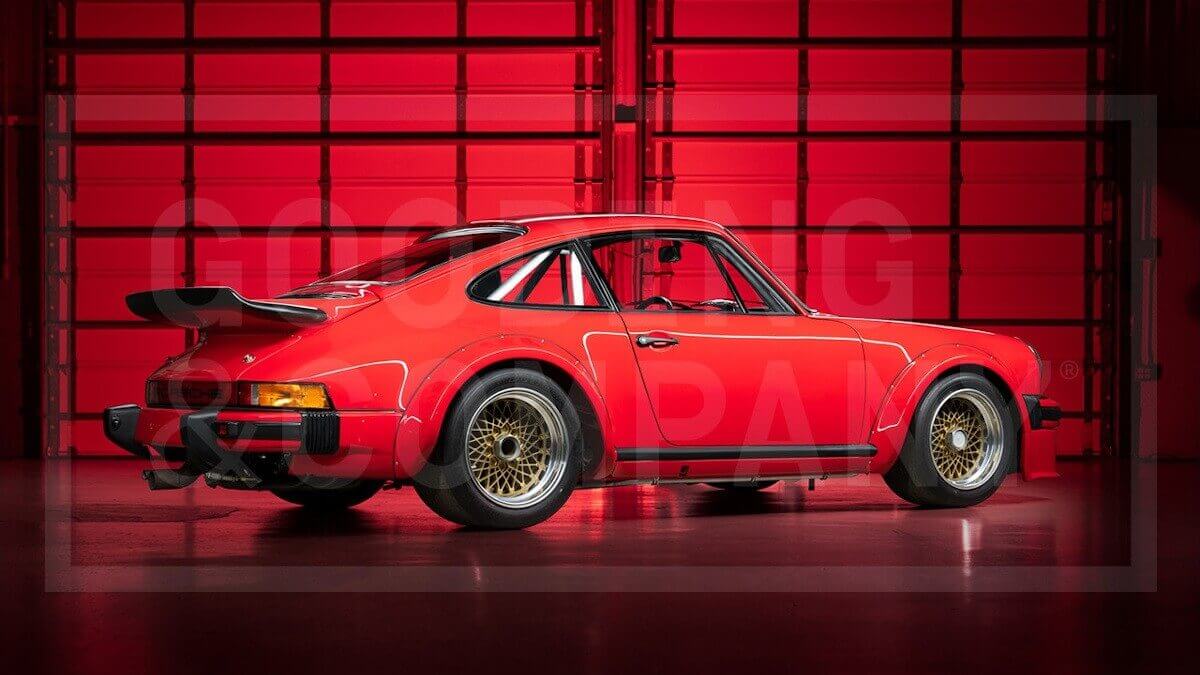



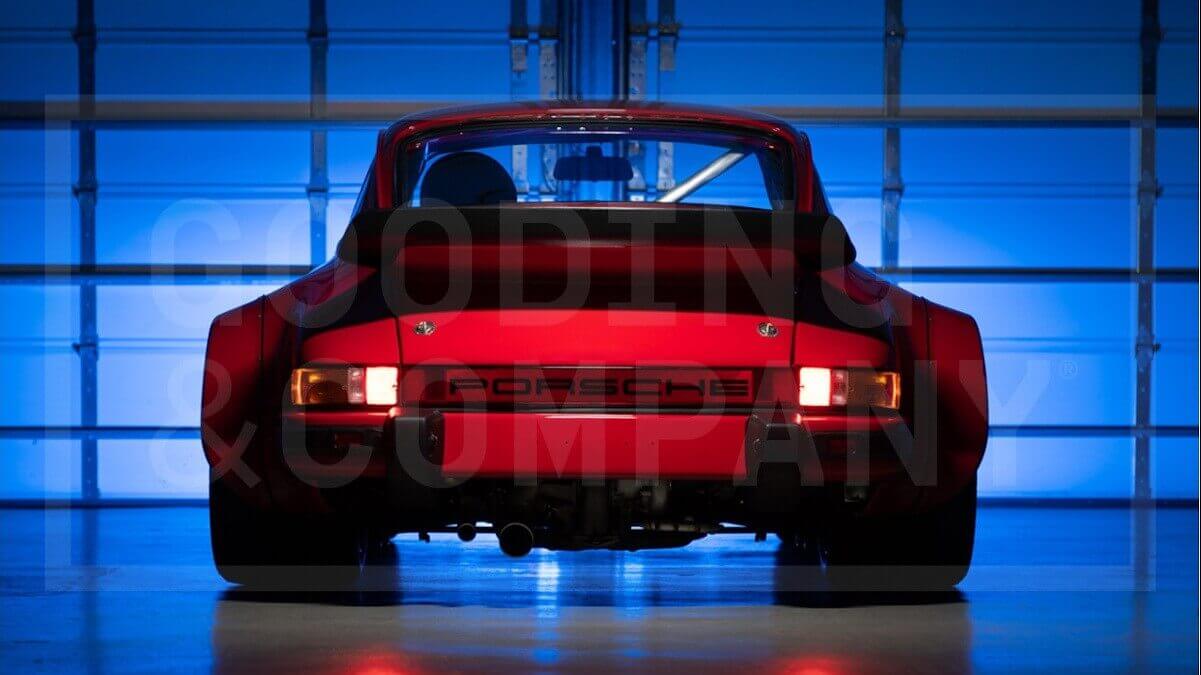



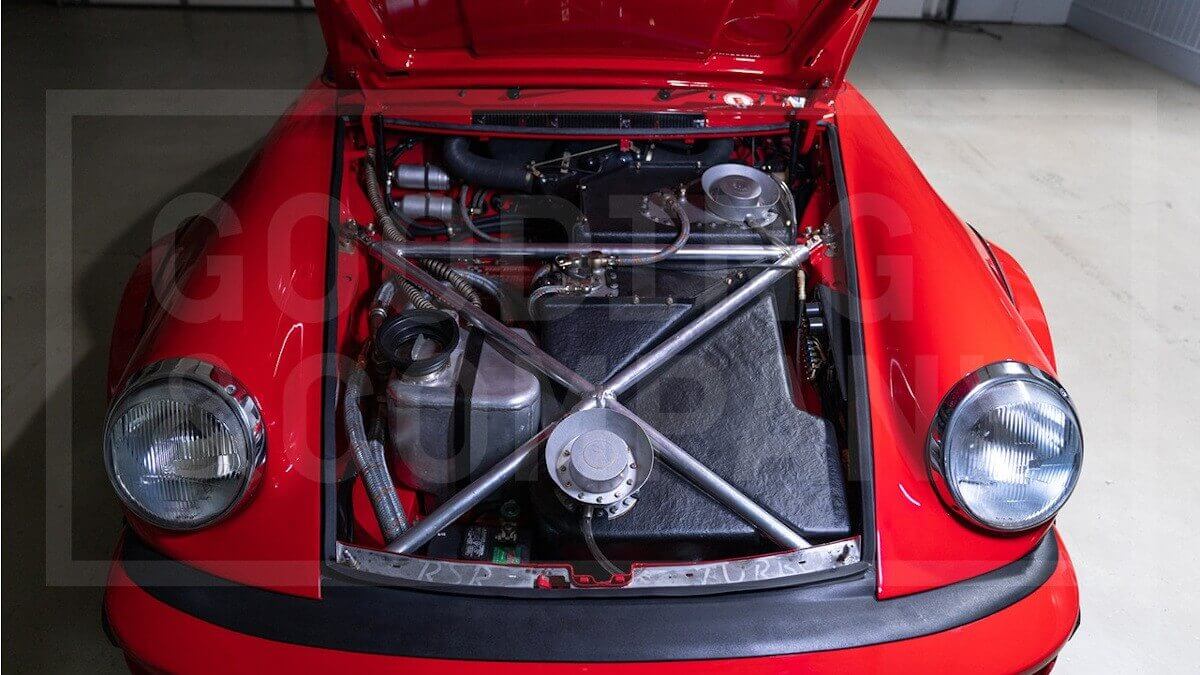



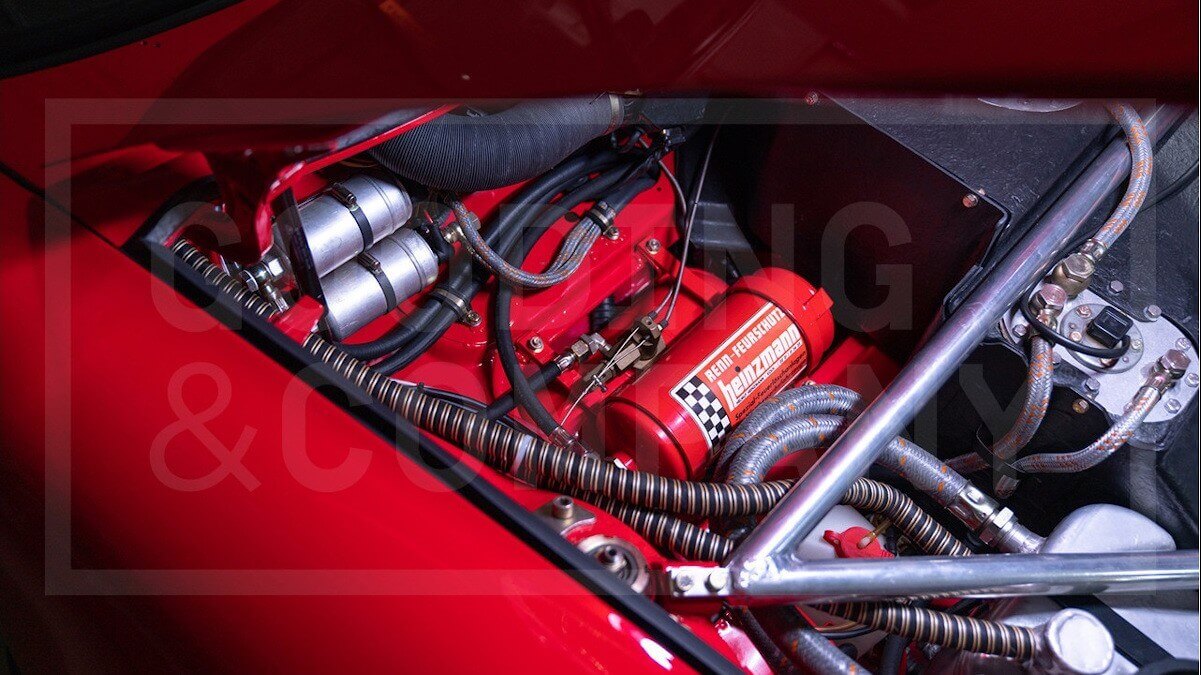



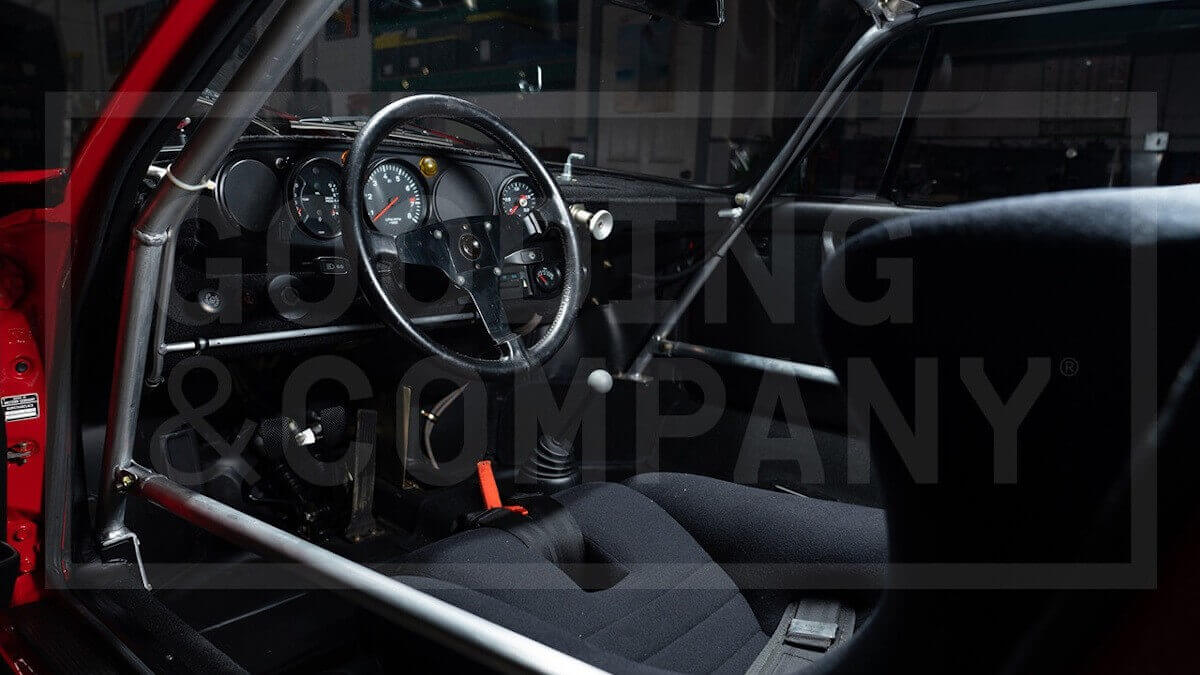



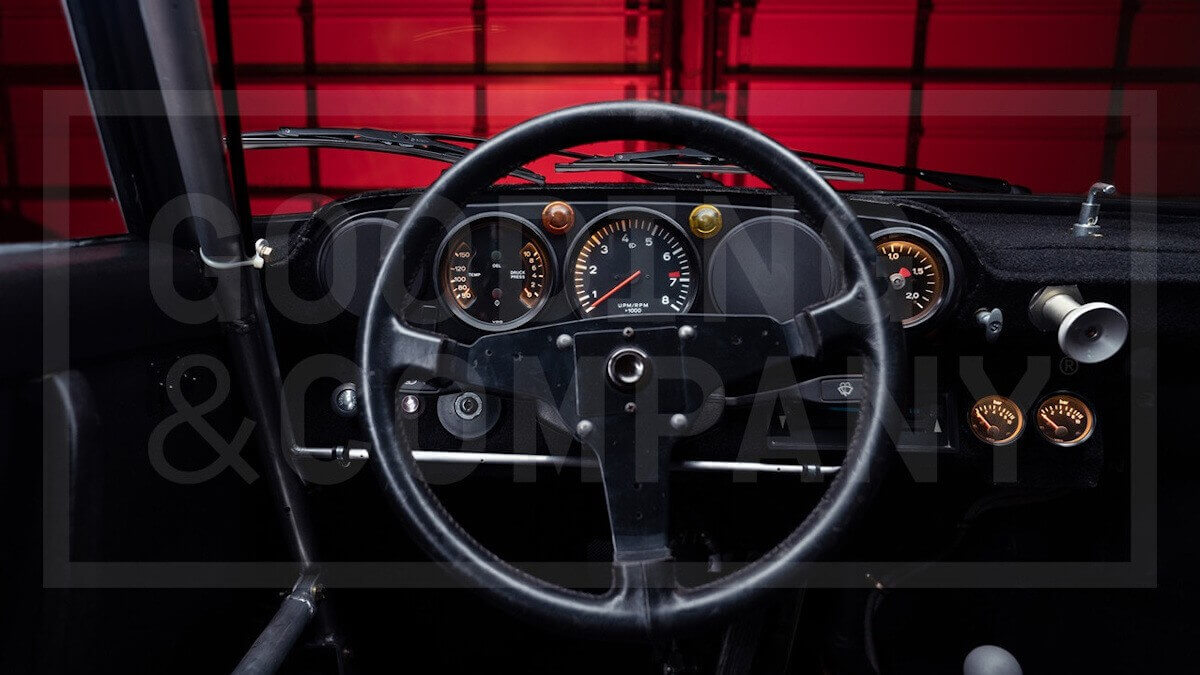



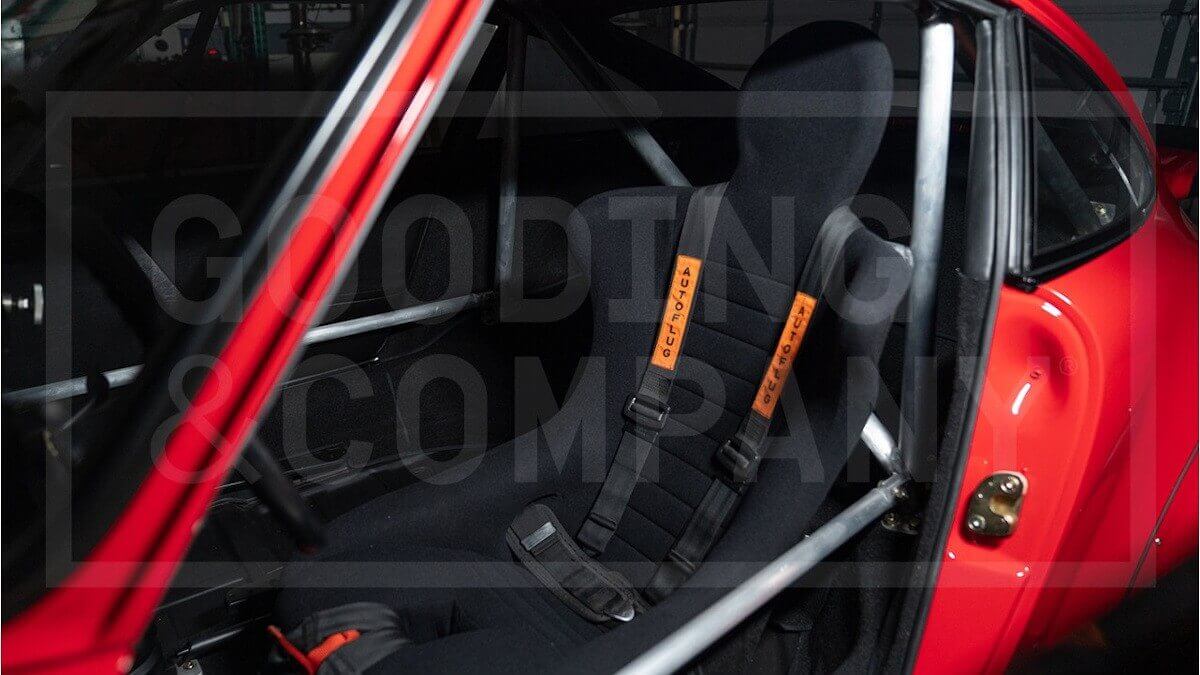



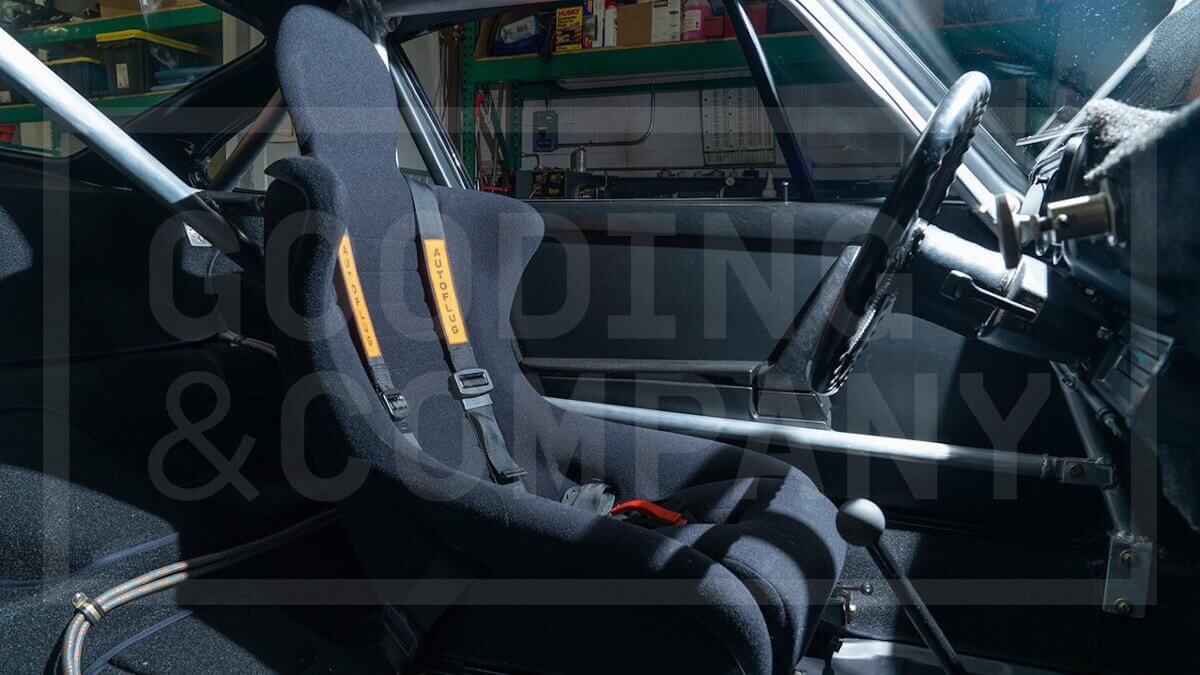



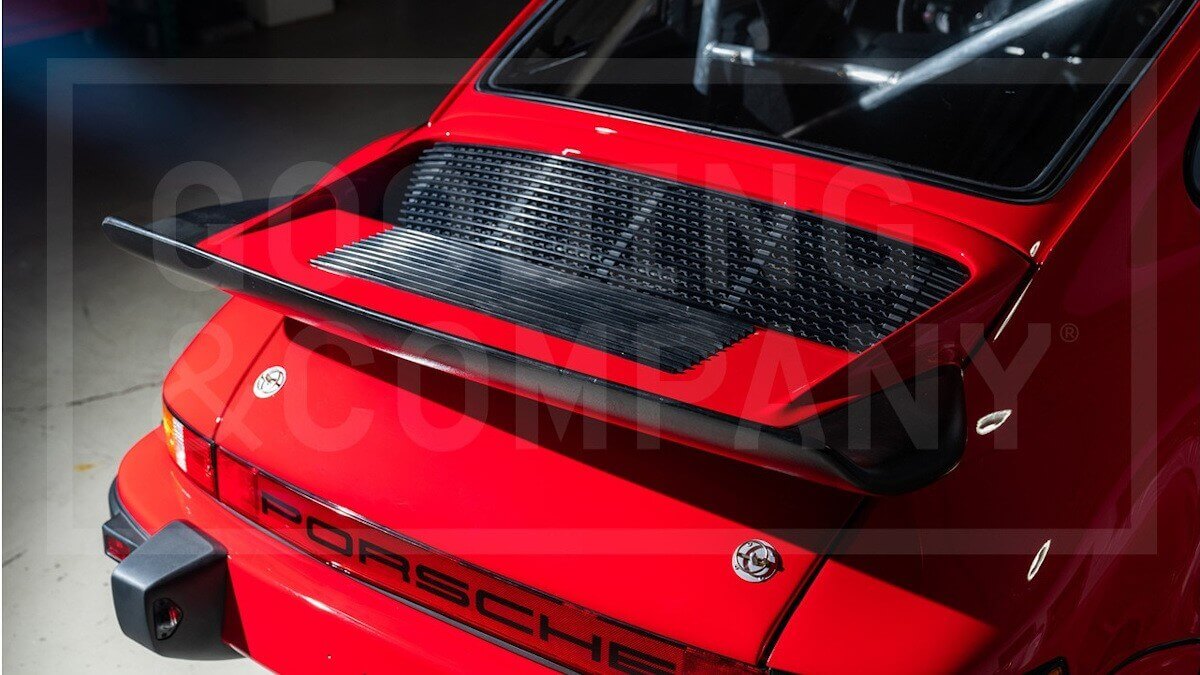



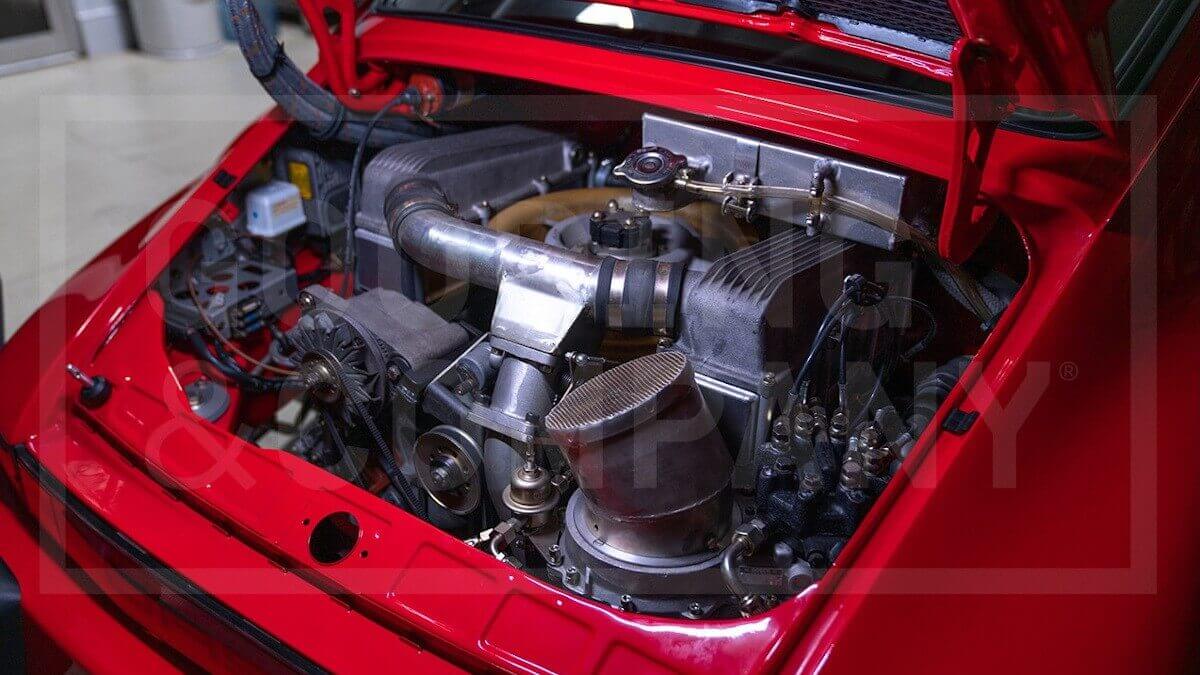



According to the regulations the chassis of the 934 has to be based to a large extend on that of the 911 Turbo (930). Porsche took care of this by developing very stable suspension arms for the road car, which also survived racing well. Only springs, dampers, axle parts, some bearings and the brake system were modified. The latter came in its basic features directly from the Porsche 917 and had its own brake circuits for front and rear axle. On the wheel hubs with central locking sat BBS alloy wheels with slick or rain tyres of the size 275/600×16 at the front and 325/625×16 at the rear. The three-liter six-cylinder boxer engine had larger intake and exhaust ducts, sharper camshafts, a Bosch K-Jetronic, the turbo system with bypass valve from the 917/30 and a horizontally mounted fan wheel. This initially produced 485 hp, which was released onto the rear wheels via a four-speed transmission. The ten 1977 vehicles for the USA came with 540 hp due to higher boost pressure. Since the 934 could be used for a long time, Porsche developed a performance upgrade for 1979 for all interested customer teams, which tickled 600 hp from the engine block, which still had three liters of capacity.
Various racing successes have been achieved worldwide with the Porsche 934. As a representative example, we would like to have a closer look on the first built car with chassis number 9306700151, which will soon be auctioned by Gooding & Co. during the Concours d’Elegance in Amelia Island. This car was already finished at the end of 1975 and was equipped with a passenger seat from the series 911 Turbo for the press presentation in Weissach. Originally, this 934 painted in Guards Red was to go to Klaus-Dieter Mäker in Hamburg, but instead it went to the Kannacher GT Racing team in Krefeld/Germany. They used number 151 in the 1976 season in various rounds of the European GT Championship and the German Racing Championship (Deutsche Rennsport-Meisterschaft, DRM). At the end of the year, Kannacher sold the Porsche to the Kremer team in Cologne, which is still well known today. For the 1977 season, they repainted the car in a light grey from the Mercedes color range and campaigned it for Louis Krages from Bremen, who always competed under his pseudonym John Winter. After a year’s break, the 934 returned to the race track in 1979, directly at the 24-hour race in Le Mans, for which Kremer engaged the fast female racing driver Anny-Charlotte Vernay alongside René Metge and Patrick Bardinon. The trio achieved third place in the GT class behind two other Porsche 934s and 19th place overall.
An owner in South Africa, who had probably bought number 151 immediately after the race in Le Mans, was followed in 1982 by the British racing driver Victor Wilson, who also ran a car dealership in Edinburgh. In December of the same year Wilson sold the sports car to Elias ‘Skip’ Gunnell III in Fort Lauderdale/Florida, who kept the 934 for just over 20 years and showed it at the Concours d’Elegance in Amelia Island in 1999. After his death, the current owner bought the car out of his estate and had it extensively restored by his own restoration company RennSport Racing in New Orleans. Despite the big racing history, the car turned out to be in very good and solid condition. Now the body shows itself again in the original Guards Red. To the vehicle belong extensive documents with racing photos from its active time, an album of the restoration work as well as original correspondence with Victor Wilson, Jürgen Kannacher and Jürgen Barth. Gooding & Co. expects a hammer price between US$ 1,250,000 and US$ 1,600,000.
Images: Gooding & Co.




